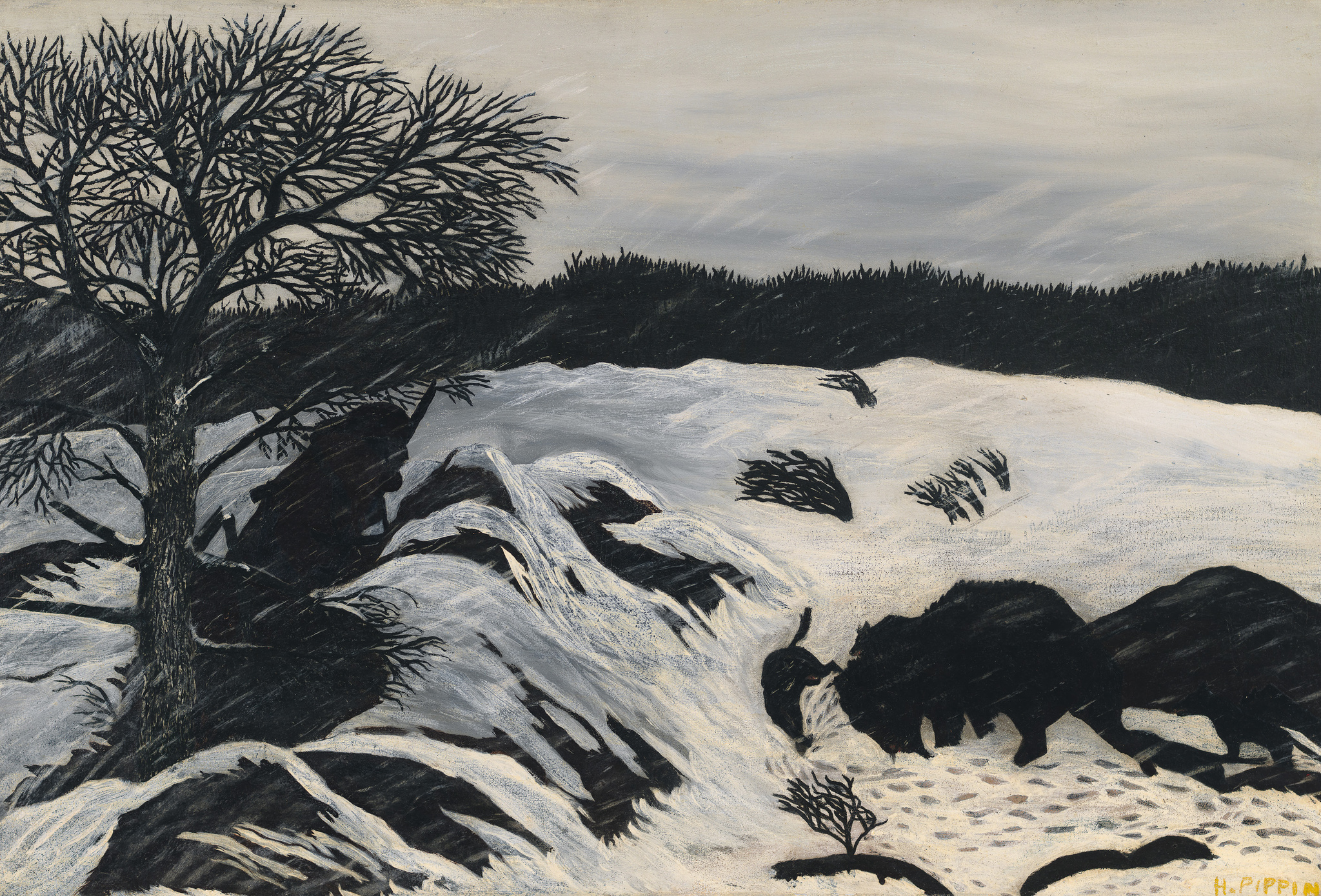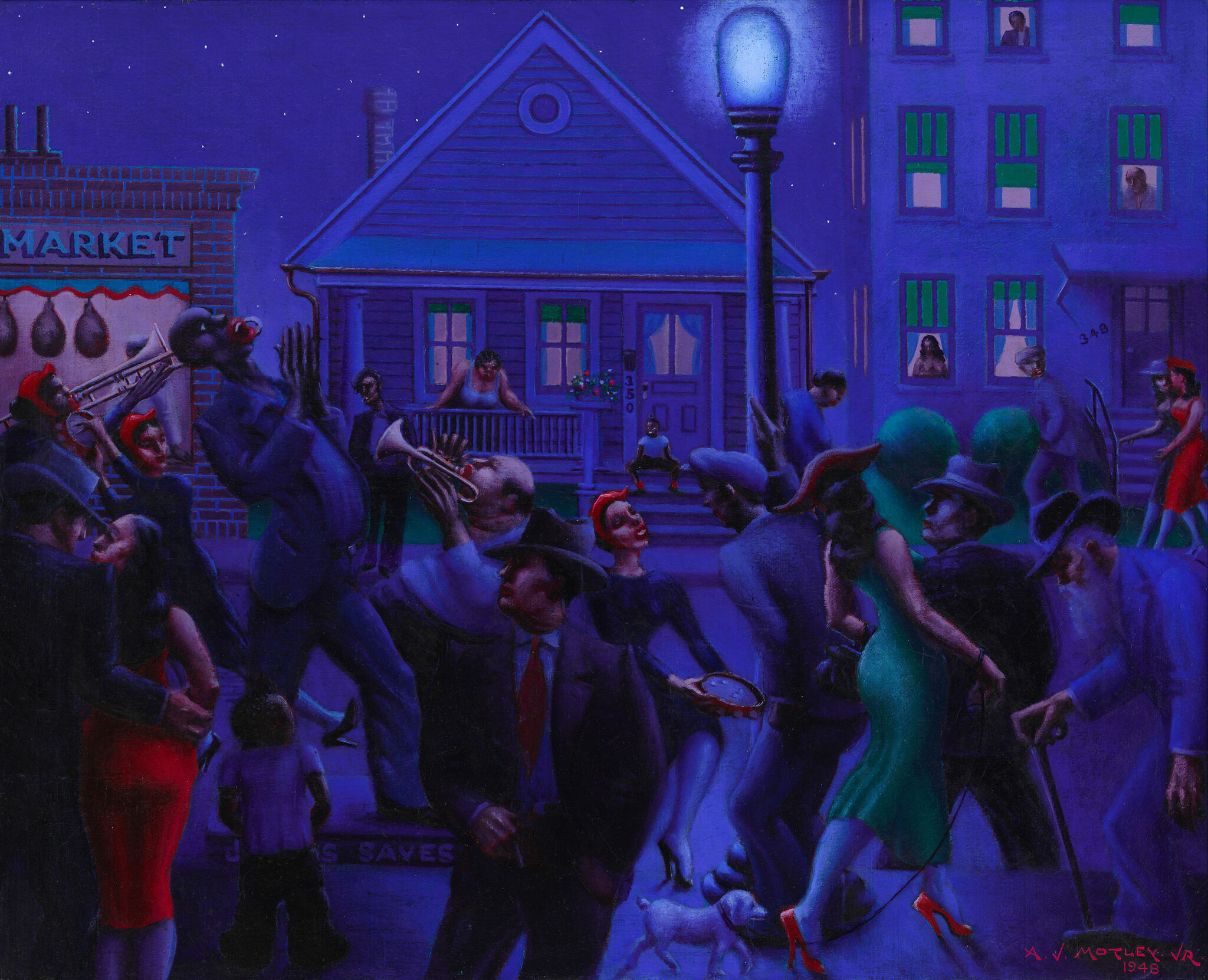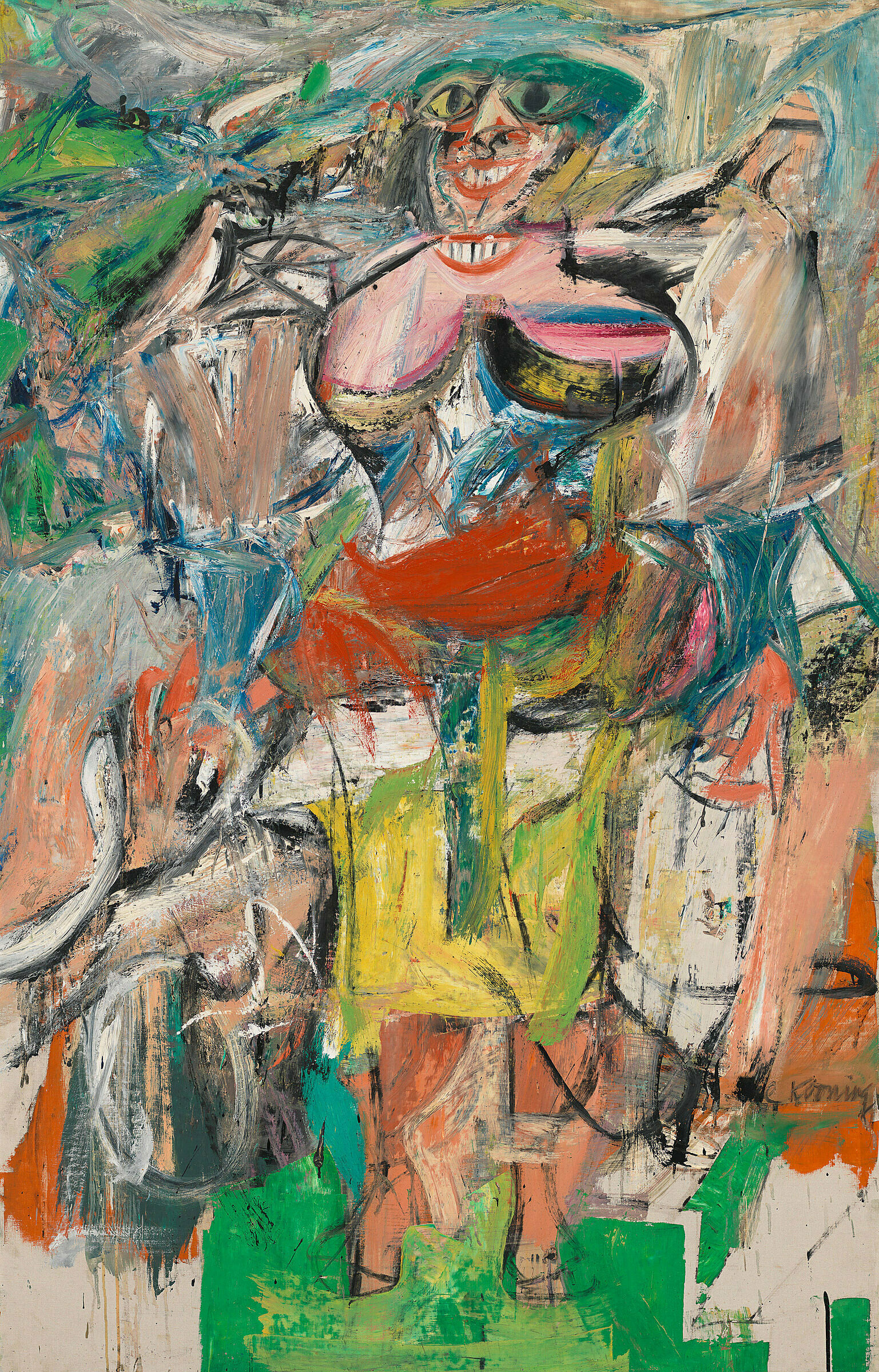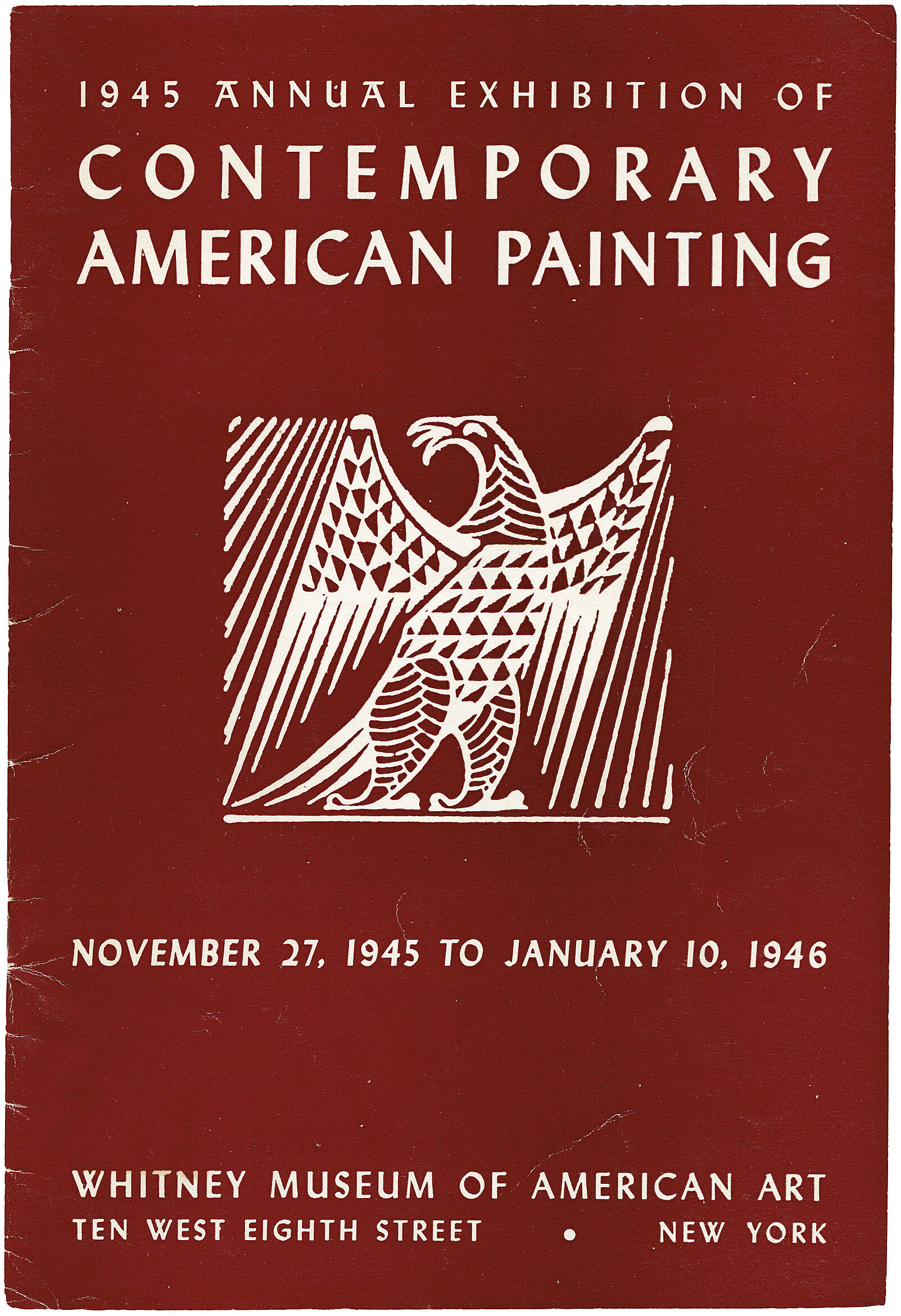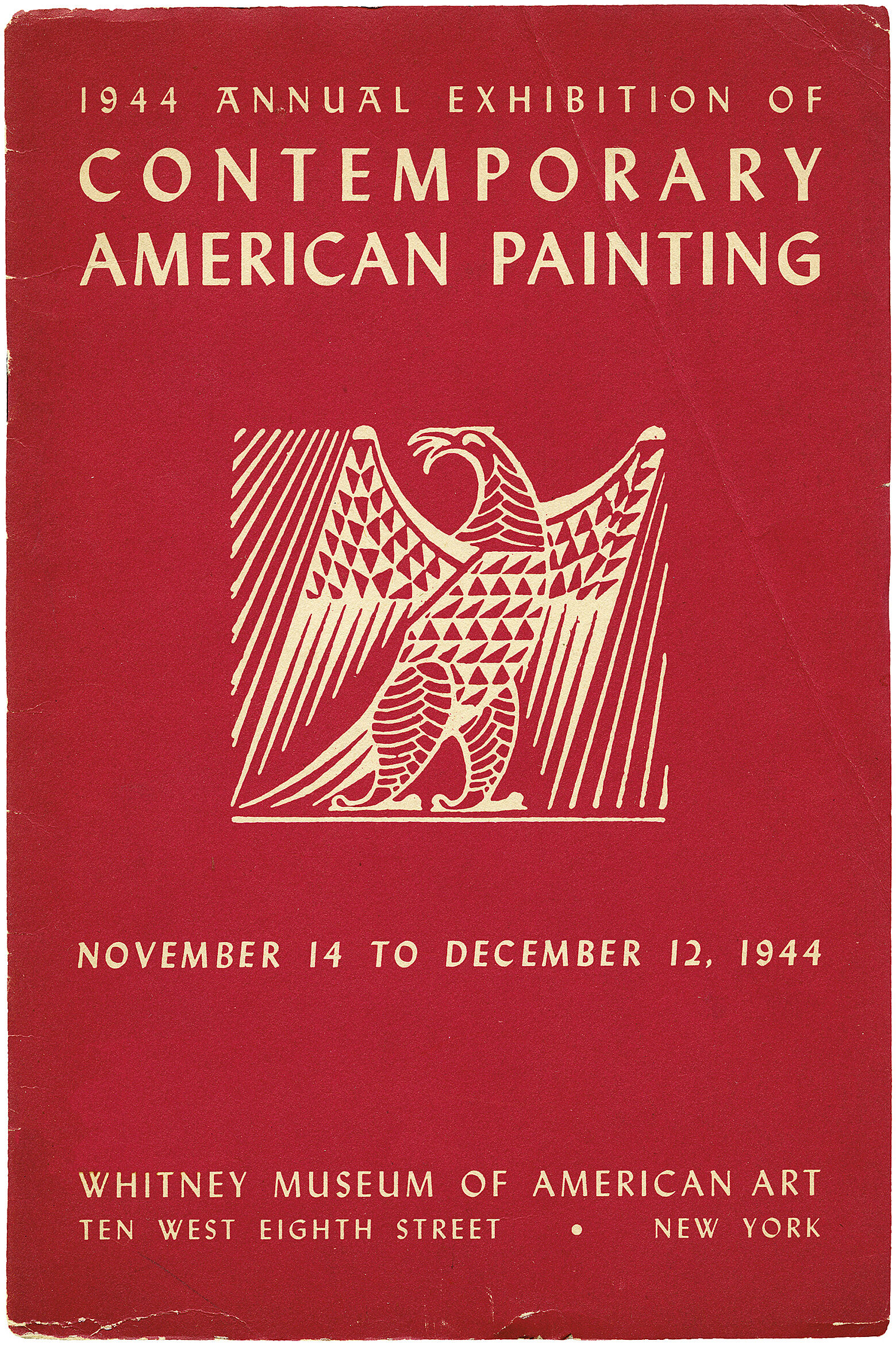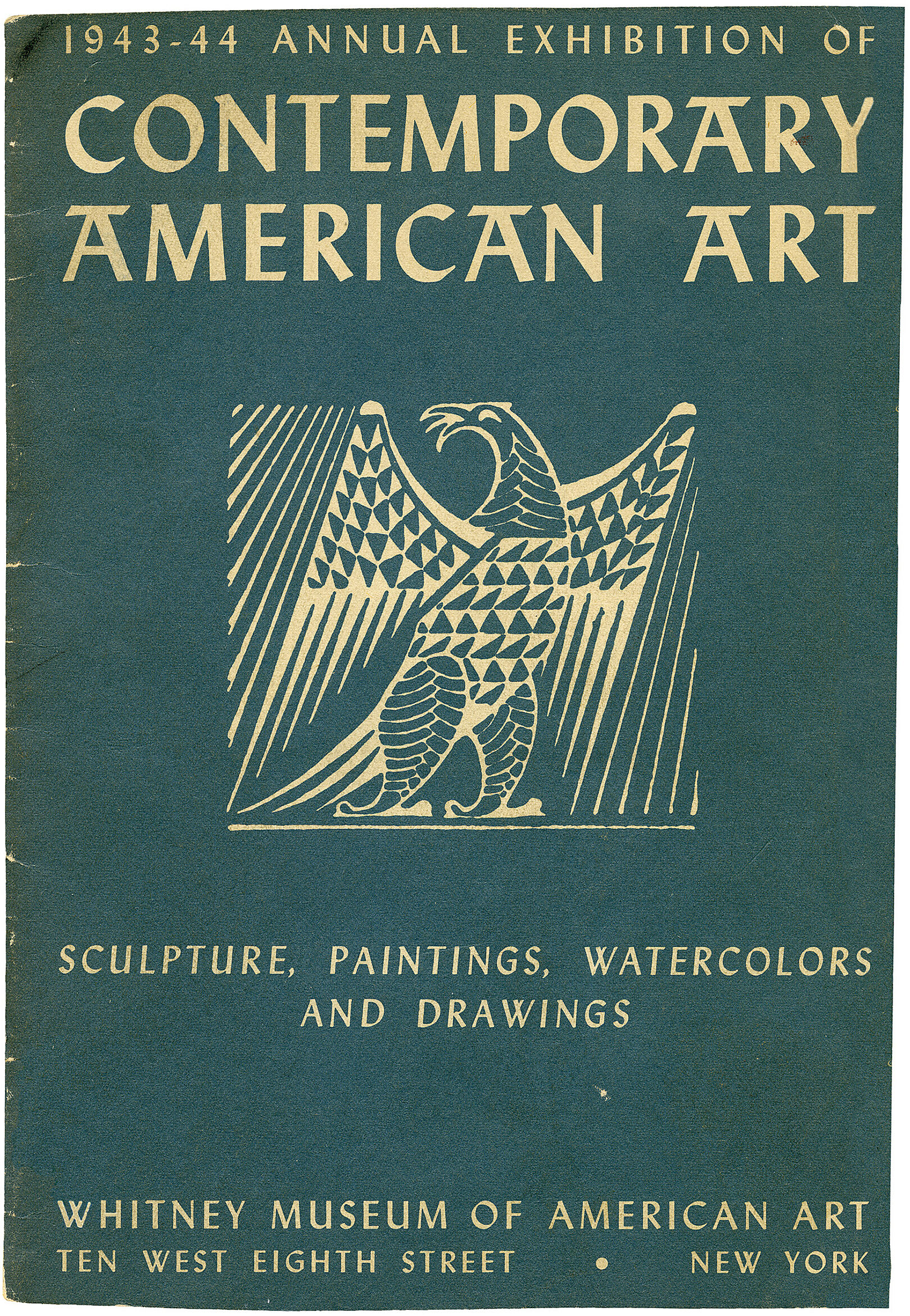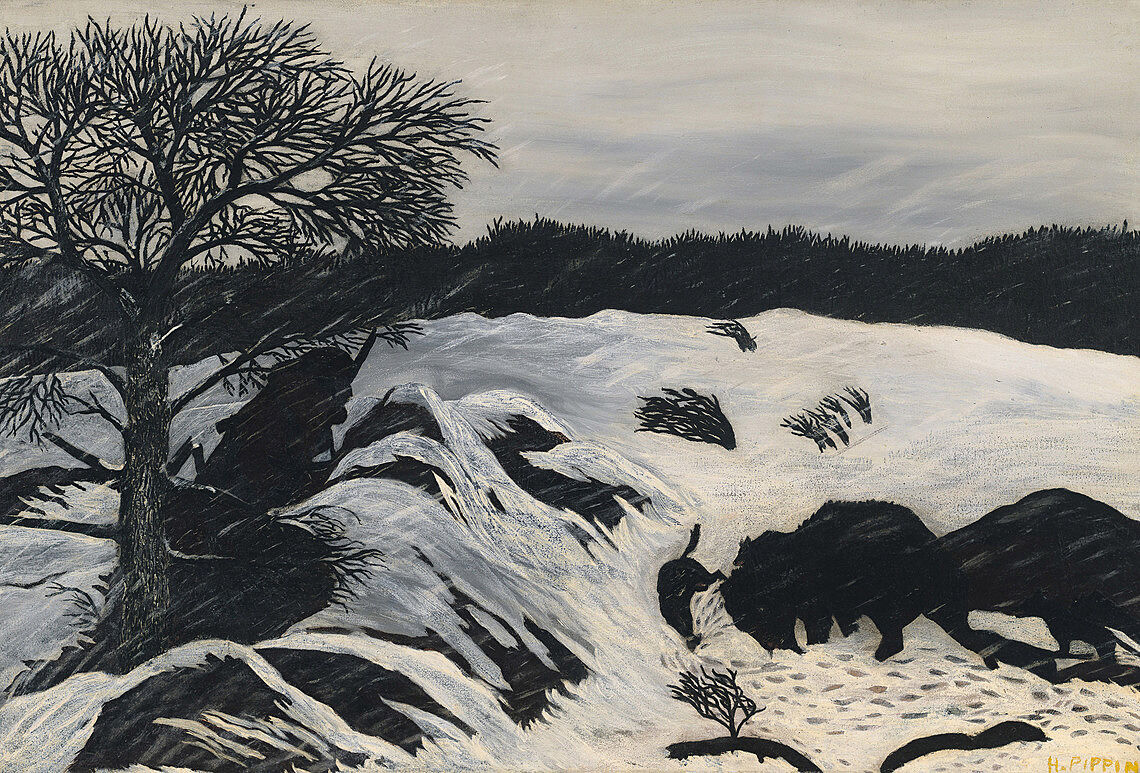Horace Pippin
1888–1946
Introduction
Horace Pippin (February 22, 1888 – July 6, 1946) was a self-taught American artist who painted a range of themes, including scenes inspired by his service in World War I, landscapes, portraits, and biblical subjects. Some of his best-known works address the U.S.'s history of slavery and racial segregation. He was the first Black artist to be the subject of a monograph, Selden Rodman's Horace Pippin, A Negro Painter in America (1947), and the New York Times eulogized him as the "most important Negro painter" in American history. He is buried at Chestnut Grove Cemetery Annex in West Goshen Township, Pennsylvania. A Pennsylvania State historical Marker at 327 Gay Street, West Chester, Pennsylvania, identifies his home at the time of his death and commemorates his accomplishments.
Wikidata identifier
Q325076
Information from Wikipedia, made available under the Creative Commons Attribution-ShareAlike License. Accessed March 30, 2024.
Introduction
Horace Pippin was a self-taught African-American artist. After losing the use of his right arm in a World War I, he discovered painting late in life. However, he became the first African-American primitive painter to receive international recognition.
Country of birth
United States
Roles
Artist, genre artist, naive artist, painter, sculptor
ULAN identifier
500026325
Names
Horace Pippin, Pippin, h. pippin
Information from the Getty Research Institute's Union List of Artist Names ® (ULAN), made available under the ODC Attribution License. Accessed March 30, 2024.
